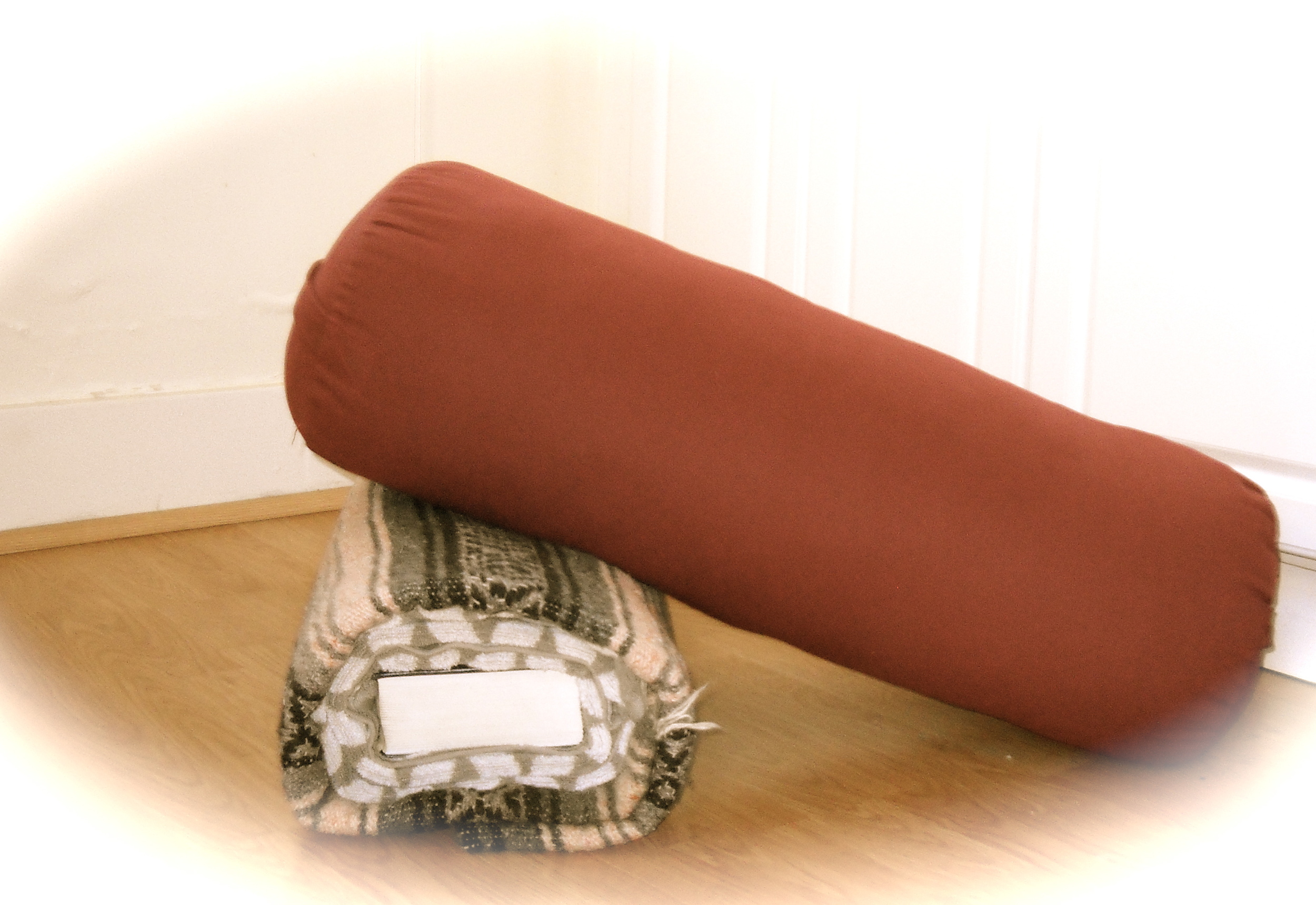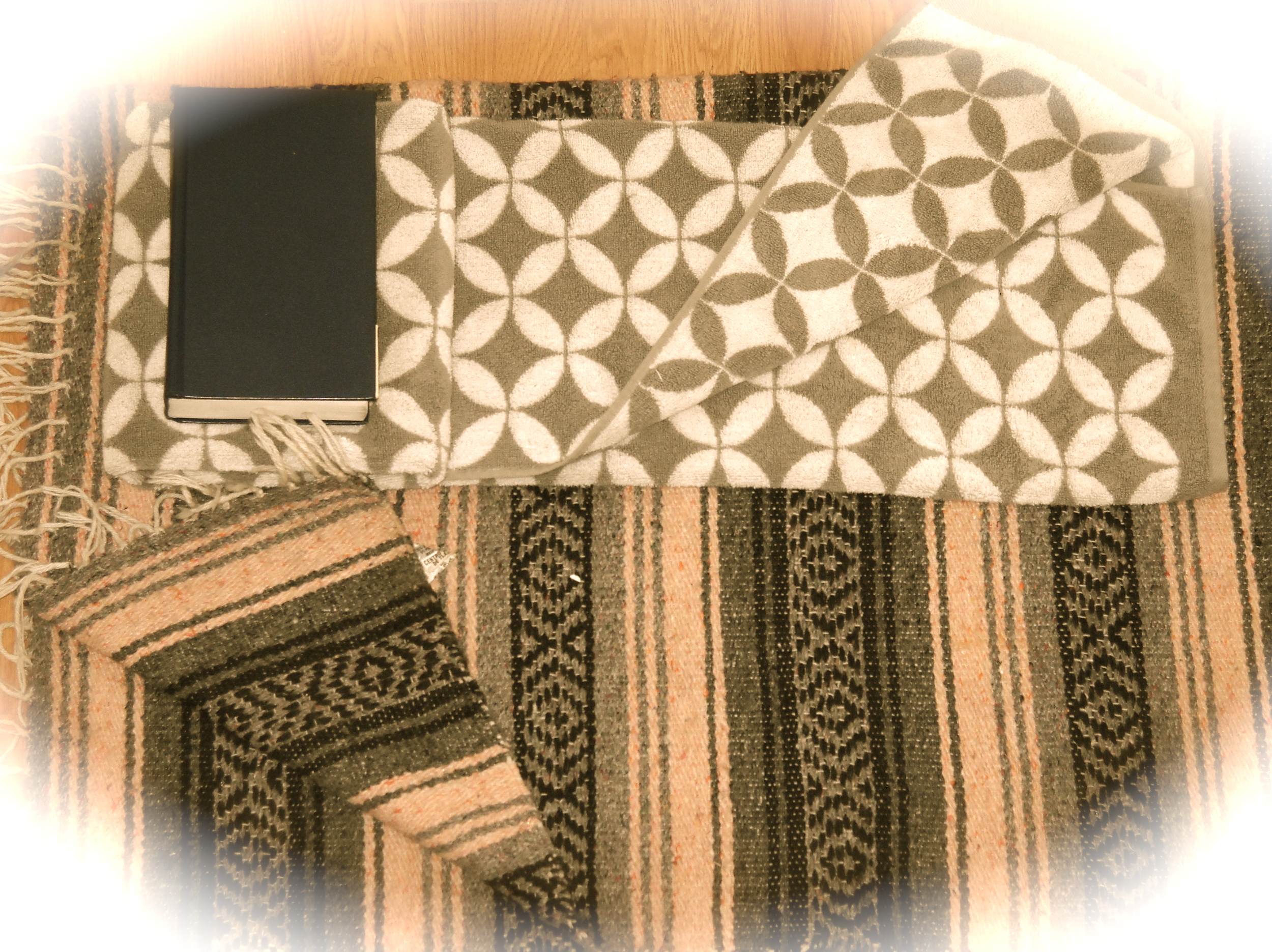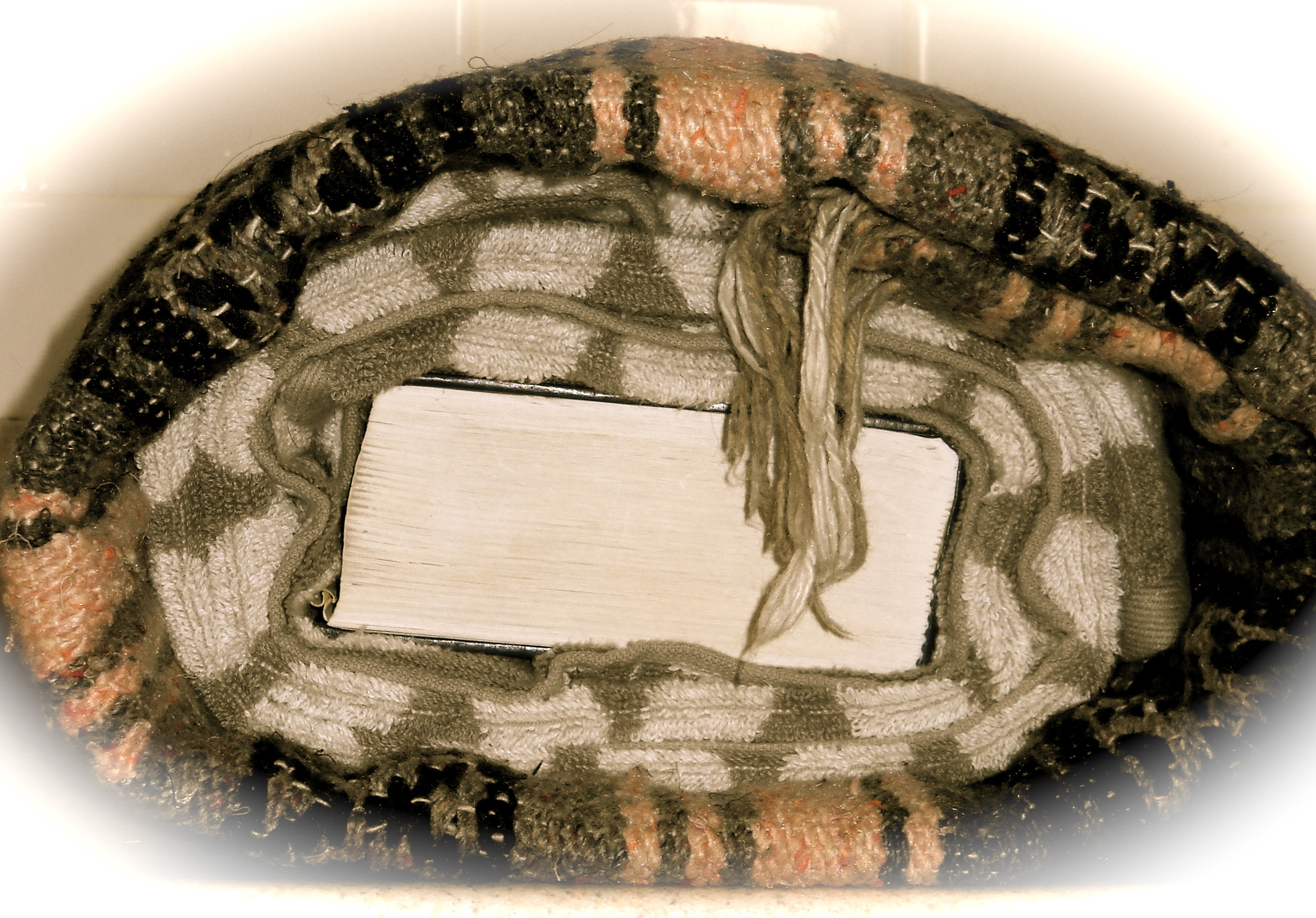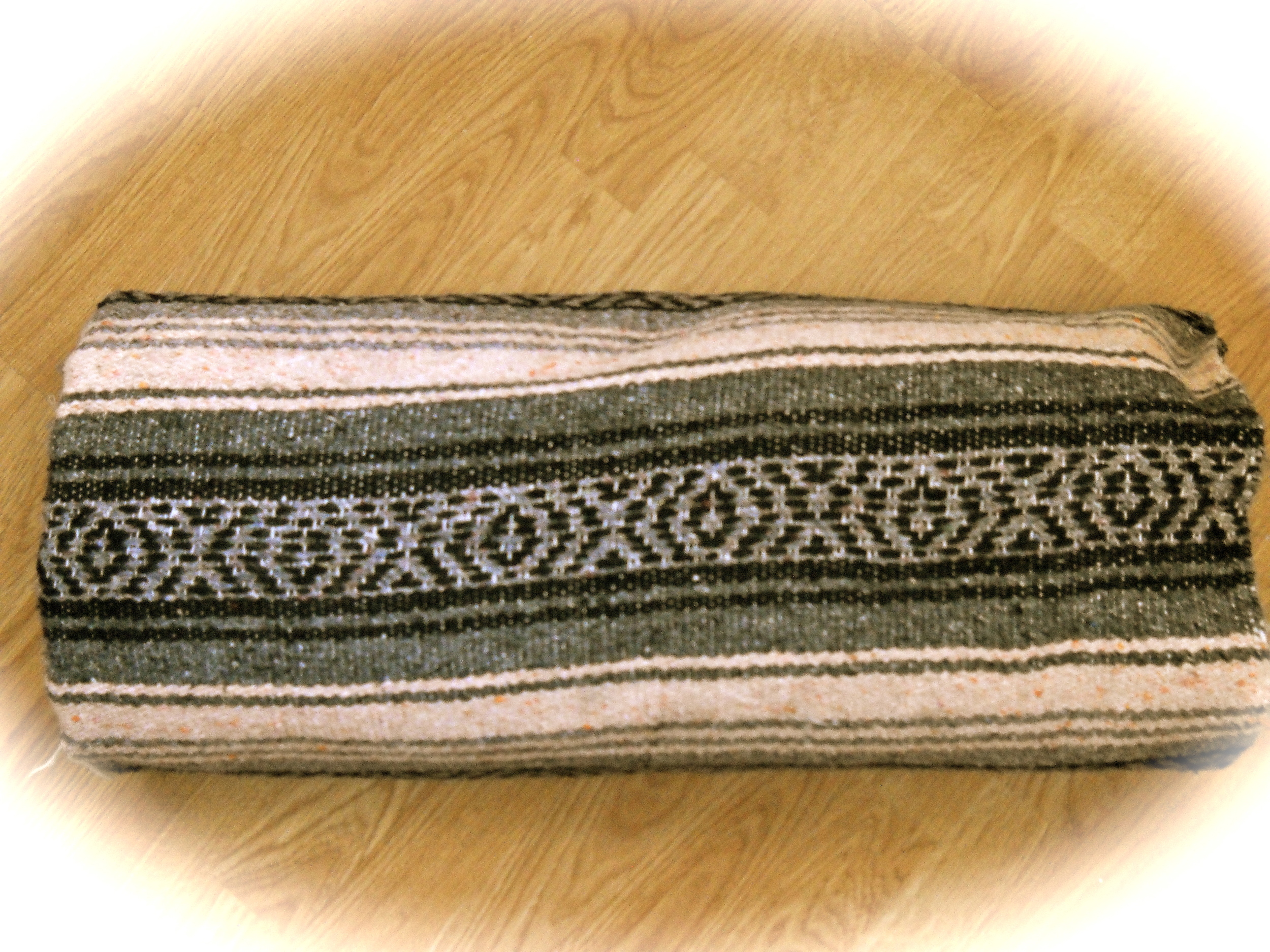The calm, dark and quiet nature of the winter can seem… how do I say this? Oppressive! The combination of the winter season and the stress of the times can leave us feeling weighed down, stagnant, or uninspired.
Here is the BIG Ayurveda tip to counteract this: double down your commitment to yoga.
An invigorating and expansive yoga practice during winter can be surprisingly supportive of your overall well-being. Below are some specific recommendations to practice yoga during winter.
Here are the go-to yoga poses to bring vigor to your life this winter:
Sun Salutation (Surya Namaskar)
Warrior I (Virabhadrasana I)
Warrior II (Virabhadrasana II)
Reverse Warrior (Viparita Virabhadrasana)
Forward bends and bacbends are also recommended, as are postures that stimulate metabolism like:
Cobra (Bhujangasana)
Bow (Dhanurasana)
Side Plank (Vasisthasana)
Supine twists like Revolved Abdomen Variation (Jathara Parivartanasana Variation)
Of course you can adapt your practice on a daily basis to work with your local climate (as you know and your internal needs. For example if you feel stressed and depleted (Vata imbalance), move at a slower and gentler pace. Or if you feel unmotivated and lethargic (Kapha imbalance), move at a faster pace, allowing your breath to quicken and your inner heat to intensify. I know this makes total sense but sometimes you need to read it somewhere.
However you practice, PRACTICE. Practice with an expansive heart and hold your poses long enough to feel challenged.
In addition to your yoga practice, cultivate a supportive winter-season diet and lifestyle. These may look quite different from one person to the next, but each of us has a great deal to gain from honoring and aligning ourselves with the rhythms of nature.
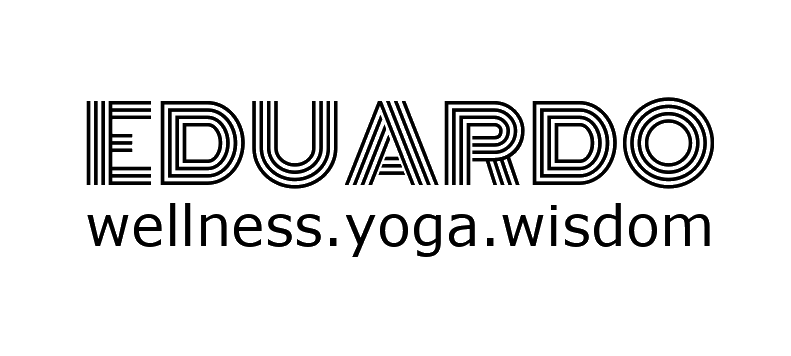




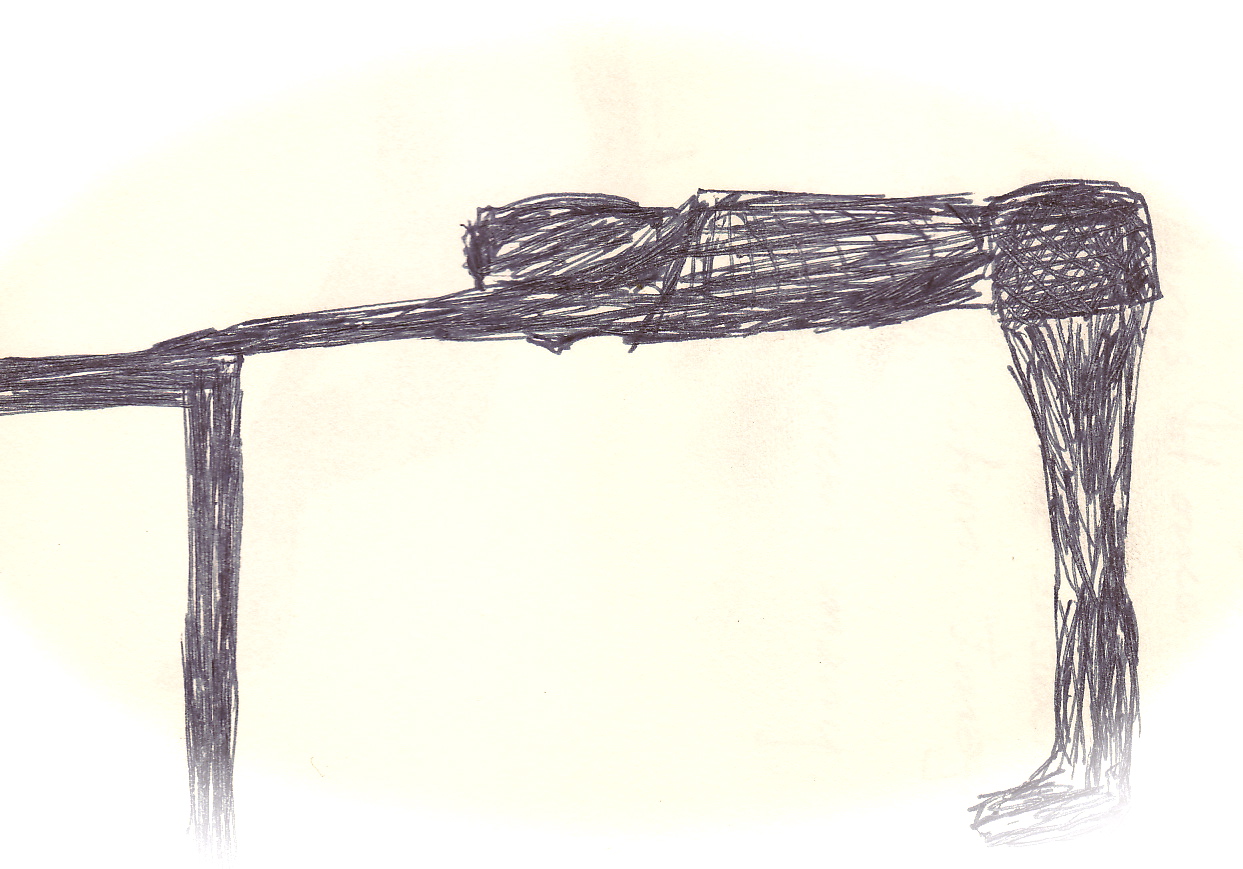 It's three o'clock and it seems that your day at the office is just starting. It's one of those days when coffee alone is not going to cut it. If there were only a way to remove fatigue and revitalize your afternoon. But wait there is such a thing:
AH-doh MOO-kah shvah-NAHS-anna)
adho = downward
mukha = face
svana = dog
It's three o'clock and it seems that your day at the office is just starting. It's one of those days when coffee alone is not going to cut it. If there were only a way to remove fatigue and revitalize your afternoon. But wait there is such a thing:
AH-doh MOO-kah shvah-NAHS-anna)
adho = downward
mukha = face
svana = dog Facing the desk stand with the feet a bit wider than hip distance apart; 8" to 12 " apart. Feet are parallel to each other. Begin to inhale and exhale through your nose, allowing the inner body to stay bright and your skin softens. Keep this breath throughout the pose. Uji breathing if you know it. [Stand on the side of your desk that offers more space.]
Facing the desk stand with the feet a bit wider than hip distance apart; 8" to 12 " apart. Feet are parallel to each other. Begin to inhale and exhale through your nose, allowing the inner body to stay bright and your skin softens. Keep this breath throughout the pose. Uji breathing if you know it. [Stand on the side of your desk that offers more space.] Bent your knees a little bit and place the palms of your hands on the desk. Spread your palms, index fingers parallel or slightly turned out. Keeping the palms of your hands firmly pressed on the desk, begin to walk backwards away from the desk till you create an L shape with your torso and legs (see sketch). Keep breathing into your back body, particularly in the kidney area, so that you feel your lower ribs integrated into your body.
Bent your knees a little bit and place the palms of your hands on the desk. Spread your palms, index fingers parallel or slightly turned out. Keeping the palms of your hands firmly pressed on the desk, begin to walk backwards away from the desk till you create an L shape with your torso and legs (see sketch). Keep breathing into your back body, particularly in the kidney area, so that you feel your lower ribs integrated into your body. Then with an exhalation, push your top thighs back and stretch your leg bones down toward the floor. Straighten your knees but be sure not to lock them.
Then with an exhalation, push your top thighs back and stretch your leg bones down toward the floor. Straighten your knees but be sure not to lock them. Firm the outer arms and press the bases of the index fingers actively into the desktop. From these two points lift along your inner arms from the wrists to the tops of the shoulders. Firm your shoulder blades against your back, then widen them and draw them toward the tailbone. Keep the head between the upper arms; don't let it hang. Can you keep the heart soft? Imagine the heart as a drop of melted chocolate dropping down towards the floor! Enjoy the pose for a minute or two.
Firm the outer arms and press the bases of the index fingers actively into the desktop. From these two points lift along your inner arms from the wrists to the tops of the shoulders. Firm your shoulder blades against your back, then widen them and draw them toward the tailbone. Keep the head between the upper arms; don't let it hang. Can you keep the heart soft? Imagine the heart as a drop of melted chocolate dropping down towards the floor! Enjoy the pose for a minute or two. When you are ready to come out of the pose, you can bend your knees and walk forward till you are standing again. If you have extra time you can add to this down dog some other
When you are ready to come out of the pose, you can bend your knees and walk forward till you are standing again. If you have extra time you can add to this down dog some other 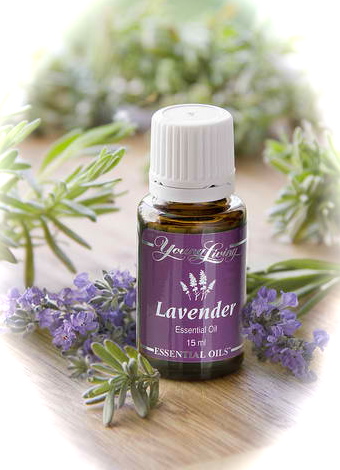 Chances are that if you have been around me in the last several years, you have come in contact with my
Chances are that if you have been around me in the last several years, you have come in contact with my 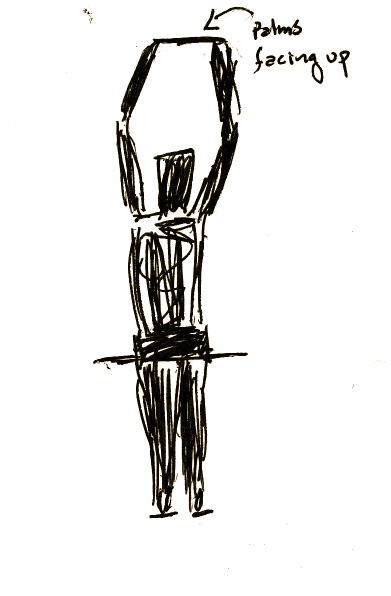 Sit with a straight back, making sure your feet are grounded on the floor-about hip distance distance apart. Clasp your hands, and extend your arms forward. Turn the palms away from you and raise your arms until the palms face the ceiling. As you inhale fill the torso with air from the bottom of the spine to the top of your lungs. Expand the ribcage concentrically as you do so. Pay attention to to your back, we tend to forget to breath in this region. Make sure the shoulders and sides of your neck are moving back. Stretch and feel yourself growing taller as you reduce the stress in your head, neck, and shoulders. This posture lengthens your sides, and it just plain feels good.
Sit with a straight back, making sure your feet are grounded on the floor-about hip distance distance apart. Clasp your hands, and extend your arms forward. Turn the palms away from you and raise your arms until the palms face the ceiling. As you inhale fill the torso with air from the bottom of the spine to the top of your lungs. Expand the ribcage concentrically as you do so. Pay attention to to your back, we tend to forget to breath in this region. Make sure the shoulders and sides of your neck are moving back. Stretch and feel yourself growing taller as you reduce the stress in your head, neck, and shoulders. This posture lengthens your sides, and it just plain feels good. Sit tall and place your arms in front of you at a 90 degree angle. Cross your arms so that the right arm is above the left. Interlock your arms and press your palms together with the tips of your fingers pointed upward. Feel yourself contracting. Surrender to this feeling and begin to breath deeply while relaxing your shoulder blades. This pose strengthens triceps, shoulders, and back muscles. It’s a good preventative measure against carpal tunnel syndrome. If you know the full pose, add your legs by simply cross your legs and interlock them with one foot behind the other. Do the left arm above the right next.
Sit tall and place your arms in front of you at a 90 degree angle. Cross your arms so that the right arm is above the left. Interlock your arms and press your palms together with the tips of your fingers pointed upward. Feel yourself contracting. Surrender to this feeling and begin to breath deeply while relaxing your shoulder blades. This pose strengthens triceps, shoulders, and back muscles. It’s a good preventative measure against carpal tunnel syndrome. If you know the full pose, add your legs by simply cross your legs and interlock them with one foot behind the other. Do the left arm above the right next.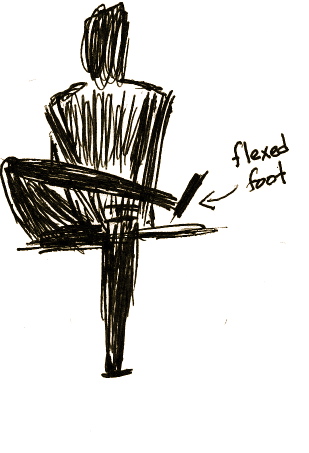 Sit in your chair and cross your right leg over your left knee. Flex both feet- press through the mount of the big toe. If chair allows it, lift the feet off the floor. "Thread the needle" by clasping your hands around your left leg, just under your knee. Stay connected by pressing the ankle against the knee, even if you cannot lift your feet of the floor, this posture stretches hip rotators, outer thighs, and relieves tension in the lower back. Be sure to reverse sides.
Sit in your chair and cross your right leg over your left knee. Flex both feet- press through the mount of the big toe. If chair allows it, lift the feet off the floor. "Thread the needle" by clasping your hands around your left leg, just under your knee. Stay connected by pressing the ankle against the knee, even if you cannot lift your feet of the floor, this posture stretches hip rotators, outer thighs, and relieves tension in the lower back. Be sure to reverse sides.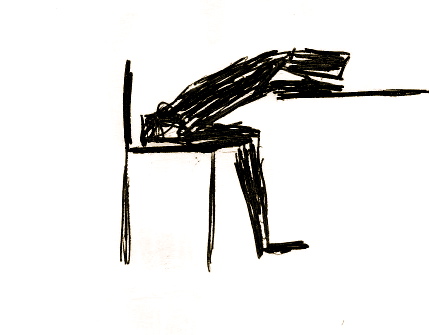 Before returning to work, give yourself a few minutes to relax. This relaxing pose is so simple but very effective in reducing stress in your facial muscles and helping to prevent fatigue. Simply cross your arms and place them on the surface in front of you. Make sure your feet are planted on the floor about hip distance apart. Then rest your head on your crossed arms; just breath and enjoy the yoga-break.
Before returning to work, give yourself a few minutes to relax. This relaxing pose is so simple but very effective in reducing stress in your facial muscles and helping to prevent fatigue. Simply cross your arms and place them on the surface in front of you. Make sure your feet are planted on the floor about hip distance apart. Then rest your head on your crossed arms; just breath and enjoy the yoga-break.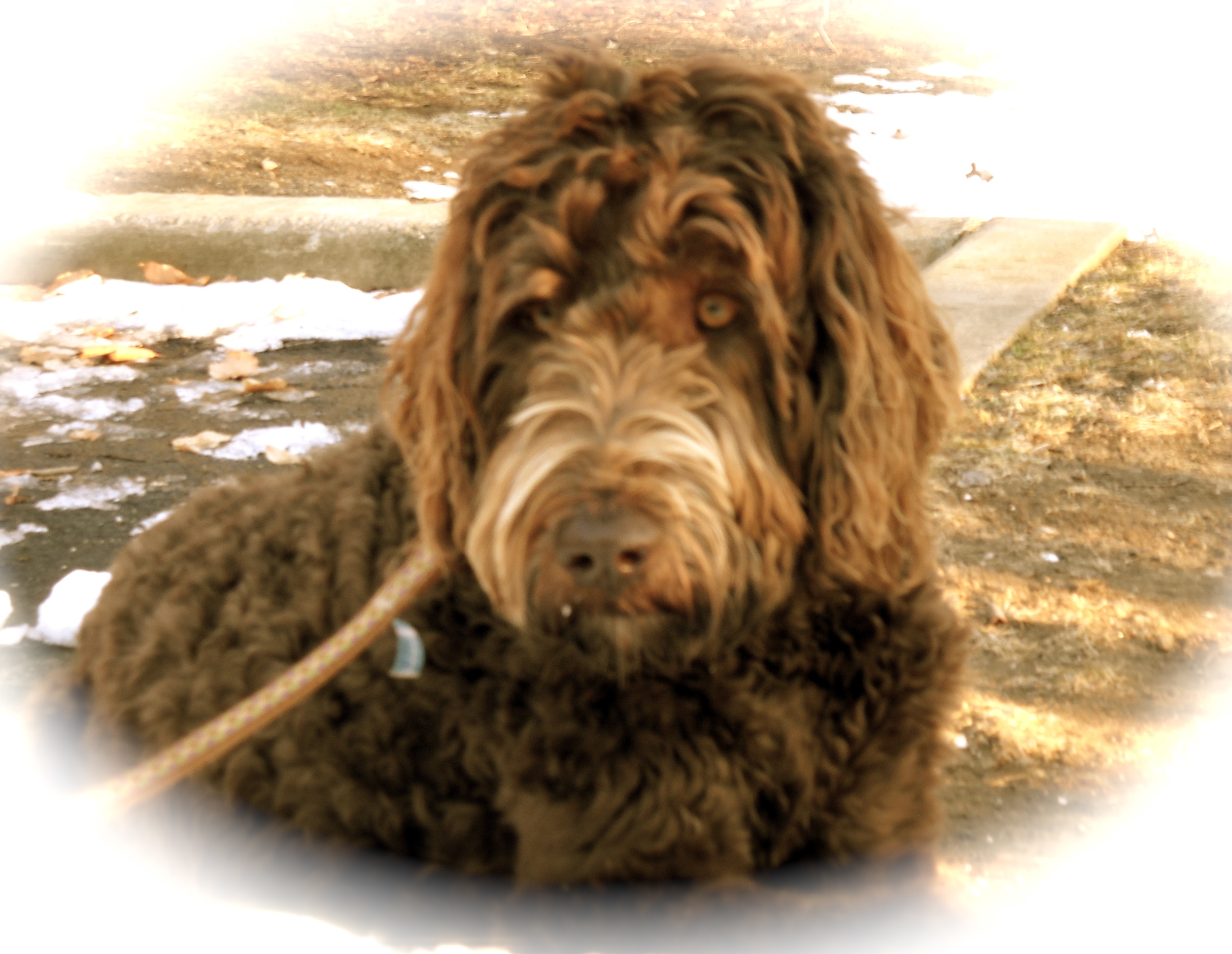 The winter months seem to move slower than the rest of the year, which I am always willing to emulate. The darkness, I thought, was an invitation to contemplate in the solitude of my home. And there is a lot of true in that. My thoughts about winter shifted recently, when my friend Lafy invited me to a walk in the park with her (look at her, how can you resist?) This new experience showed me that there is so much more active energy in winter than what I thought. There in the woods, walking with friends, there was a clam, peaceful, almost inanimate scene, but the energy around us was inquisitive, playful, and inviting.
This shift in perspectives is similar to what we may experience during Savasana (a yoga pose meaning corpse pose). In the traditional pose, the body lays face up on the floor motionless, very much like a corpse or your drunk roommate in college. By staying still for some time and keeping the mind quiet, one relaxes in a very conscious way. According to B.K.S. Iyengar, one of the world’s foremost yoga teachers, this is a very difficult pose to master. You can see why; even when we ask the body to stay still, the mind will move in all directions. Sometimes, when I want to practice Savasana for a longer period of time (10-15 minutes), I try a more grounding version as the one I describe below. This isn’t a replacement for the classical pose; one must think of this version as hiking in a winter wonderland with a great friend; something you may not want to do everyday, but you sure enjoy it every time.
The winter months seem to move slower than the rest of the year, which I am always willing to emulate. The darkness, I thought, was an invitation to contemplate in the solitude of my home. And there is a lot of true in that. My thoughts about winter shifted recently, when my friend Lafy invited me to a walk in the park with her (look at her, how can you resist?) This new experience showed me that there is so much more active energy in winter than what I thought. There in the woods, walking with friends, there was a clam, peaceful, almost inanimate scene, but the energy around us was inquisitive, playful, and inviting.
This shift in perspectives is similar to what we may experience during Savasana (a yoga pose meaning corpse pose). In the traditional pose, the body lays face up on the floor motionless, very much like a corpse or your drunk roommate in college. By staying still for some time and keeping the mind quiet, one relaxes in a very conscious way. According to B.K.S. Iyengar, one of the world’s foremost yoga teachers, this is a very difficult pose to master. You can see why; even when we ask the body to stay still, the mind will move in all directions. Sometimes, when I want to practice Savasana for a longer period of time (10-15 minutes), I try a more grounding version as the one I describe below. This isn’t a replacement for the classical pose; one must think of this version as hiking in a winter wonderland with a great friend; something you may not want to do everyday, but you sure enjoy it every time.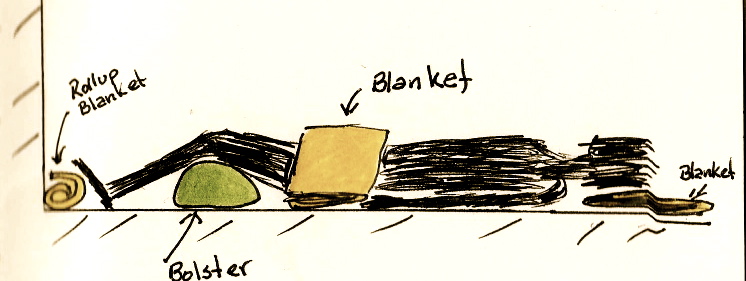 and place it alongside a wall. Lie down with the soles of your feet against the blanket. Place an additional rolled blanket or bolster under your knees. These actions will passively engage you calve muscles and allow the thighbones to move deeper into the hip socket (i.e., for
and place it alongside a wall. Lie down with the soles of your feet against the blanket. Place an additional rolled blanket or bolster under your knees. These actions will passively engage you calve muscles and allow the thighbones to move deeper into the hip socket (i.e., for 